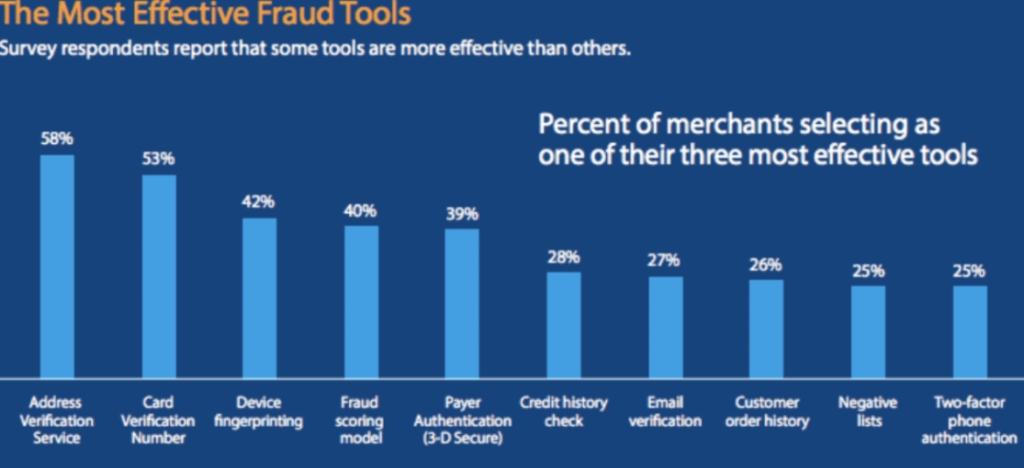Looking back at 2020 we can say it was the year that everything changed. We all had to adapt to new rules; new ways of doing the simplest things. Covid-19 also ushered in a new era in consumer behaviour, and according to studies, most consumers will continue to shop online even after the pandemic is over. In 2020, many consumers preferred to shop from their armchair, rather than from the aisle in their grocery store. As consumer behavior changed due to the pandemic, players like Instacart and Drizzly, seized the opportunity to grab more market share.
As companies shifted to ecommerce sales, some merchants have seen an increase in chargeback activity. A chargeback occurs when a consumer contacts their bank for a refund, rather than contacting the merchant to resolve a dispute. Chargebacks can threaten the existence of your merchant account and increase costs. For most, the increase in revenue and ability to stay in business during one of the most economically disruptive times recent history has been well worth the headache of added chargebacks. The shift to ecommerce looks like it is here to stay. So, roll up your sleeves and make sure your company is prepared to prevent and respond to chargebacks.
Chargeback response provider, Midigator, recently analyzed the primary causes of chargebacks and the best methods to prevent and fight chargebacks. We will look at the most common causes of chargebacks and what you can do to minimize their impact on your bottom line.
Why do chargebacks happen?
Chargebacks happen when transactions are disputed and the consumer seeks a resolution with their bank, rather than talking it out with the merchant. The most common reasons for chargebacks are fraud, cardholder disputes, authorization issues, and processing errors. Chargebacks are simply more common in a card-not-present environment (like ecommerce) because it is easier for fraudsters to place orders, and sadly, makes it easier for consumers to file spurious chargebacks with their banks. This is called friendly fraud, and it is quite common.
When a chargeback occurs, the cardholder’s bank assigns a reason code to each chargeback before sending it to the merchant. Often, the reason code assignment is based on limited knowledge and insight, which can lead to chargebacks being coded as “fraud” instead of a more accurate reason. The second highest category for chargebacks is “cardholder dispute”. Here are the numbers by reason code and card brand, according to Midigator:
In 2020, 76.32% of Visa’s disputes are generated by fraud and only 21.71% by cardholder’s disputes. The figures reported for Mastercard are similar, with 77.5% fraud and 19.59% cardholder’s disputes.
Another reason code is now available; reason code 10.4 (Other Fraud – Card Absent Environment). Now, chargeback responses need to contain evidence that proves the cardholder’s identity was verified. This can be done with positive matches from address verification service (AVS), card security code (CVV), and 3D Secure (Verified by Visa and Mastercard’s SecureCode). Using these verification technologies in conjunction with a third party specialised in chargeback response, like Midigator, is the best way to reduce the impact of chargebacks on your business. Using a chargeback response provider can improve your chargeback win rates, revenue recovery, and even your reputation. This is absolutely money well spent.
What tools are the most effective at preventing fraud and chargebacks?
Some tools, like AVS and CVV, have been in wide-spread use for many years. So, it’s no surprise that many merchants use them. What’s more, tools like 3DS (3D Secure) are seeing more wide-spread use. If you would like to learn more about how 3DS works to eliminate friendly fraud related chargebacks, you can checkout our article about 3D Secure here.

What is in store for 2021 and beyond?
In 2020, two prevention techniques offered by Midigator, chargeback prevention alerts and order validation tools (VMPI, Order Insight, and Consumer Clarity) enabled merchants to resolve nearly half of all disputes before they progressed to costly and damaging chargebacks. Considering the very low threshold for chargebacks that Visa and Mastercard have (under 1% AND less than 100 chargebacks per month), being able to cut your chargebacks in half is a game changer.
Midigator’s services are based on advanced automation and easy-to-use workflows, so the technology makes it easy for merchants to scale their process as chargeback volume increase. It also means that merchants could keep revenue recovery as a top priority. By handing over your chargeback response process to an experienced partner, you can immediately employ best practices for chargeback prevention/response and focus on growing your business.
